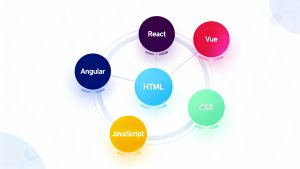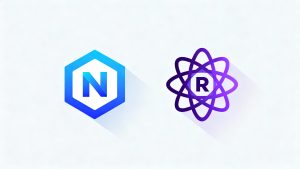In a digital landscape dominated by ever-changing JavaScript frameworks and libraries, the foundational role of HTML often goes unappreciated. However, experienced developers recognize that plain HTML remains a robust and efficient choice for building websites. This article delves into the compelling reasons why plain HTML continues to be a preferred solution for many projects, highlighting its speed, simplicity, and reliability.
Why Modern Web Development Often Overcomplicates
Contemporary web development frequently leans toward over-engineering. Developers are tempted by the latest frameworks that promise to streamline workflows and introduce advanced features. However, these tools can introduce unnecessary complexity, resulting in bloated codebases that are challenging to maintain. The desire to adopt new technology sometimes overshadows the core objective of web development: delivering content quickly and efficiently to users.
HTML’s Unmatched Efficiency
For decades, HTML has served as the cornerstone of web content. Its straightforward syntax and universal compatibility make it a reliable choice for developers of all experience levels. Unlike modern frameworks that require ongoing updates and learning, HTML remains stable and easy to use. Websites built with plain HTML load swiftly, as browsers can interpret the code directly without the overhead of additional scripts or libraries. This efficiency leads to faster page loads and more consistent user experiences.
The Timeless Reliability of HTML
One of HTML’s greatest strengths is its reliability. It works consistently across all browsers and devices, ensuring that content is accessible to everyone, regardless of their technology. This consistency is invaluable in an era where front-end technologies can change rapidly. Developers who rely on HTML can be confident that their websites will function as intended, without the need for extensive debugging or compatibility adjustments.
Why Choose Plain HTML?
Opting for plain HTML means embracing a development approach that is both robust and straightforward. This simplicity is essential for creating maintainable and dependable web applications. HTML prioritizes content delivery and usability, reducing the risk of issues that can arise from complex layers of code. By focusing on the essentials, developers can build websites that are easy to update, secure, and performant.
Conclusion: Striking the Right Balance
While JavaScript frameworks have their place in certain complex applications, plain HTML remains an excellent choice for projects that value simplicity and reliability. Returning to the basics allows developers to create efficient, easy-to-maintain websites that excel at their primary purpose: delivering content to users without unnecessary complications.
Read more such articles from our Newsletter here.



